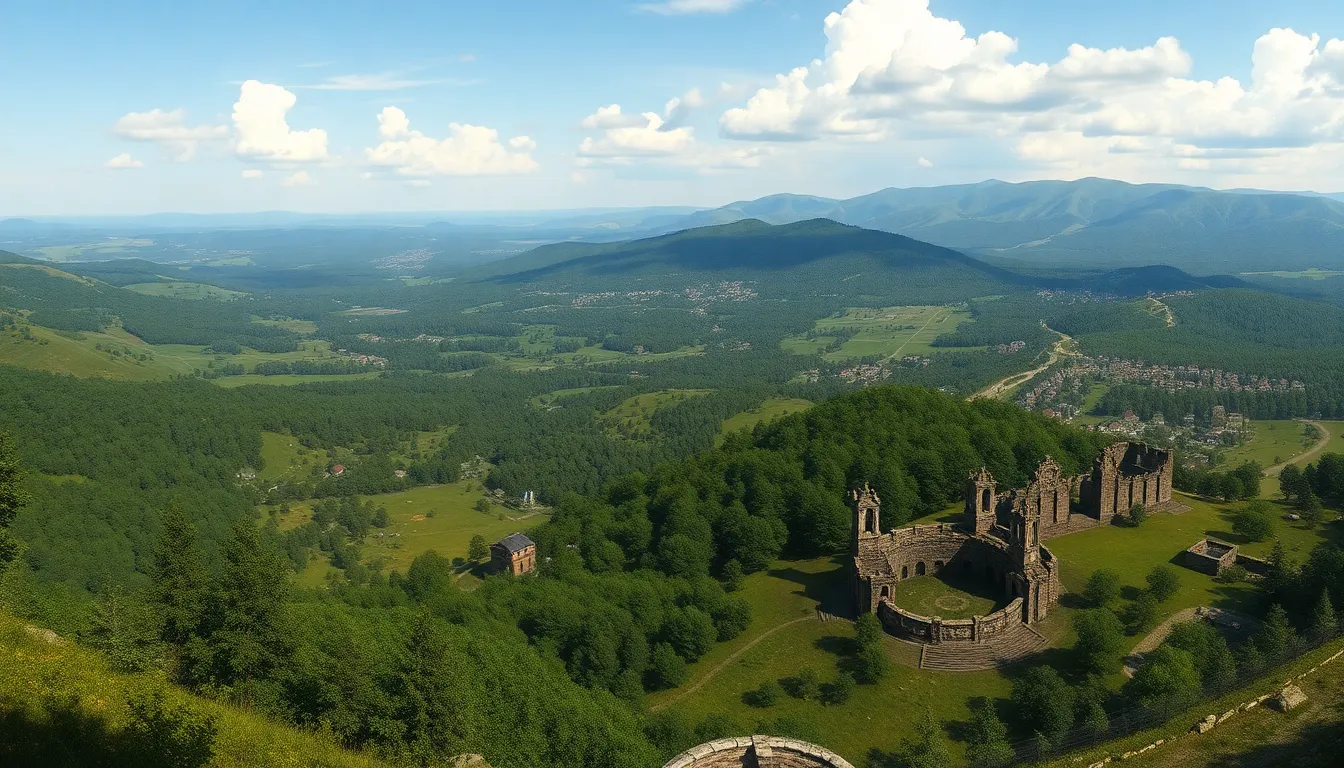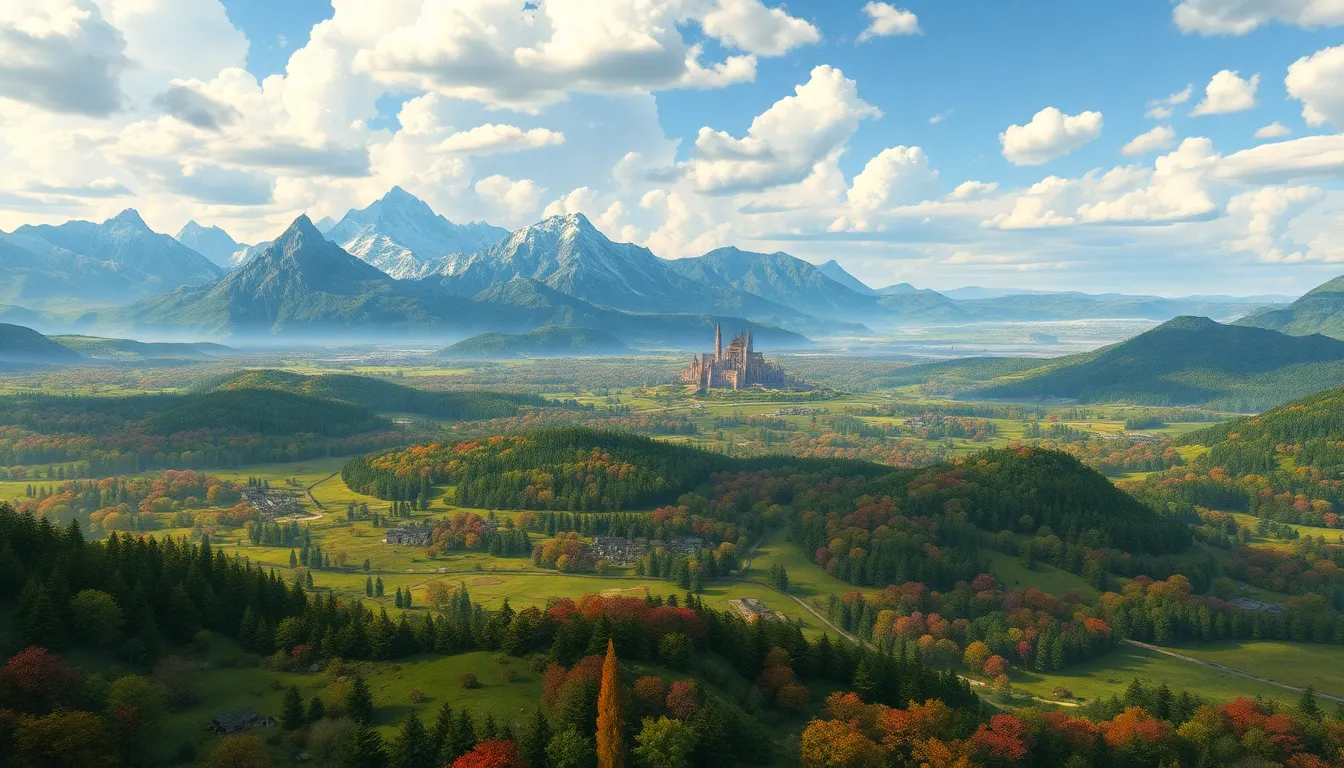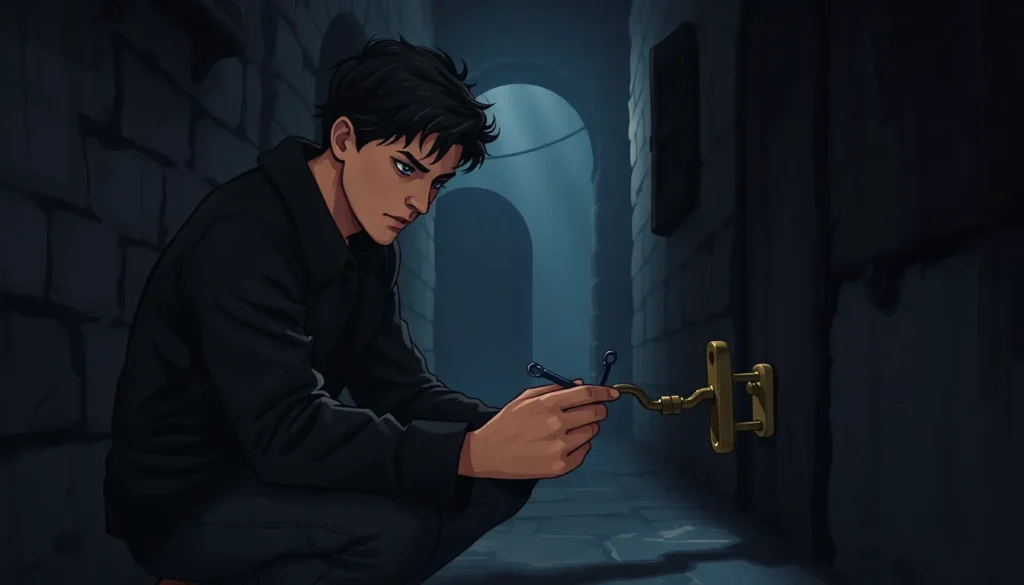Table of Contents
ToggleIn the vast realm of gaming, few worlds are as expansive and enchanting as that of Oblivion. But just how big is this virtual playground? Picture a land where adventurers roam freely, dragons soar overhead, and every corner hides a treasure or a peril. The Oblivion map size is a topic that sparks curiosity, debates, and maybe even a few friendly arguments among fans.
Understanding Oblivion Map Size
The map size of Oblivion plays a crucial role in the game’s immersive experience. Players explore a vast landscape with diverse terrains and vibrant regions.
Overview of The Elder Scrolls IV: Oblivion
The Elder Scrolls IV: Oblivion debuted in 2006 and quickly gained acclaim due to its detailed open world. Players engage in quests across Cyrodiil, experiencing rich lore and character development. A focus on freedom allows gamers to craft their journey, whether engaging in combat or forming alliances. The game’s environment blends cities, forests, and dungeons seamlessly, showcasing the complexity and depth of its design. Environments differ significantly, enhancing exploration and offering countless opportunities for adventure.
Importance of Map Size in Gaming
Map size significantly influences gameplay and player engagement. A larger map promotes exploration, creating a sense of wonder and adventure. Players appreciate the opportunity to discover hidden secrets and various ecosystems. Enhanced map sizes can result in more content, providing additional quests and storylines. Games like Oblivion benefit from expansive designs that encourage immersion and freedom. Atmospheric encounters enhance the player’s journey, making map size a key element in developing memorable gaming experiences.
Comparing Oblivion Map Size with Other Games

Oblivion’s map size invites interest when compared to other titles in gaming history. The expansiveness of Cyrodiil stands out as players explore its diverse landscapes and intricate locations.
Similarities to Other Elder Scrolls Titles
Oblivion shares map size similarities with previous Elder Scrolls games. Morrowind features a sizable map with varied terrains and cities, fostering exploration much like Oblivion. Skyrim, another title in the series, also emphasizes vast landscapes filled with secrets. Each installment prioritizes immersive experiences through detailed environments. Players encounter engaging quests in all these games, contributing to a rich gaming narrative. The sense of freedom in exploring these worlds unites the series and enhances player engagement.
Differences from Modern Open World Games
Modern open world games often present significantly larger maps compared to Oblivion. Titles like The Witcher 3 span vast areas that dwarf Oblivion’s world size, despite its detailed design. While Oblivion excels in quest depth and lore, less emphasis exists on sheer map size relative to recent releases. Fast travel and quest design also differ, allowing players to navigate larger maps more efficiently in newer games. Each modern title focuses on different gameplay mechanics that redefine exploration, impacting player experiences and engagements.
Exploring the Features of Oblivion’s Map
Oblivion’s map features a rich landscape filled with captivating locations. Players encounter various key landmarks that enhance the gaming experience.
Key Locations and Landmarks
Cyrodiil hosts significant sites like the imperial city, where towering structures dominate the skyline. Nearby, the lush expanse of the Great Forest offers a serene escape teeming with life. Players discover the sprawling town of Bruma in the northern reaches, known for its snowy peaks. Villages such as Skingrad and Chorrol provide quests and resources integral to character development. Dungeons like the Ayleid ruins scatter across the map, hiding treasures and lore that immerse adventurers further. These locations not only enhance the sense of adventure but also contribute to the overall narrative richness of Oblivion.
Environmental Diversity
Environmental variations characterize Oblivion’s expansive map. From the bustling urban sprawl of the Imperial City to the tranquil shores of Lake Rumare, different settings offer unique gameplay experiences. Various biomes, including forests, mountains, and grasslands, create stunning contrasts across the landscape. Each region supports distinct wildlife, contributing to the ecosystem’s liveliness. Players navigate through enchanted groves, treacherous deserts, and misty mountains, deepening their connection to the world. Such diversity not only enriches exploration but also ensures every journey feels fresh and engaging.
Impacts of Map Size on Gameplay
Map size significantly shapes the gameplay experience in Oblivion. Players encounter a vast world that encourages both exploration and discovery.
Exploration and Travel Dynamics
Exploration thrives in a larger map environment. Players find themselves wandering through diverse terrains, encountering unique landmarks along the way. Varied landscapes, such as mountains, forests, and lakes, invite curious players to uncover secrets and hidden treasures. Fast travel options, while convenient, do not diminish the joy of discovering new areas on foot. Navigating through Cyrodiil allows for spontaneous encounters with NPCs and wildlife, enhancing immersion. Vivid regions encourage players to engage deeply with the game’s lore and environment, creating lasting memories. As a result, map size influences the overall sense of adventure and freedom within the game.
Quest Design and Navigation
Quest design benefits immensely from a larger map context. Each major city and location offers rich narratives that drive player engagement. Players can embark on quests that require travel across varied terrains, adding depth to their journey. Non-linear quest structures foster exploration beyond designated paths, allowing for unique player experiences. Creatively designed quests often lead players to lesser-known areas, increasing overall map utilization. Additionally, unique landmarks serve as navigation aids, making the player’s journey feel purposeful. Overall, the breadth of Oblivion’s world enhances quest variety and encourages players to immerse themselves fully in each adventure.
The map size of Oblivion significantly contributes to its status as a beloved classic in the gaming community. With its vast landscapes and intricate details players find themselves immersed in a world that feels alive and full of possibilities. The diverse environments and rich lore invite exploration and discovery making each journey unique and rewarding.
As players navigate through the expansive terrain they encounter countless adventures that enhance their connection to the game. Oblivion’s map serves not just as a backdrop but as a vital component that shapes the overall experience. This blend of size and depth ensures that the game remains a memorable part of gaming history.




